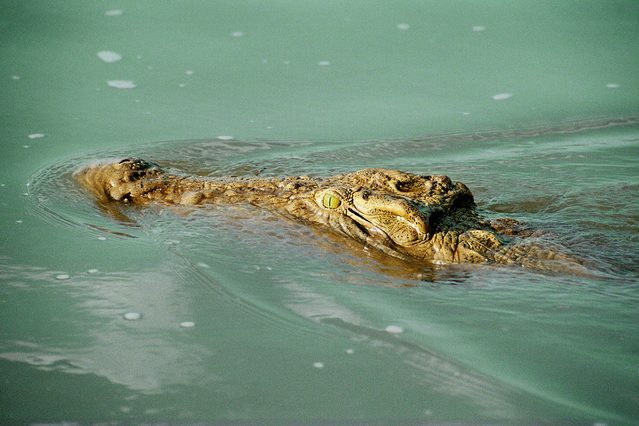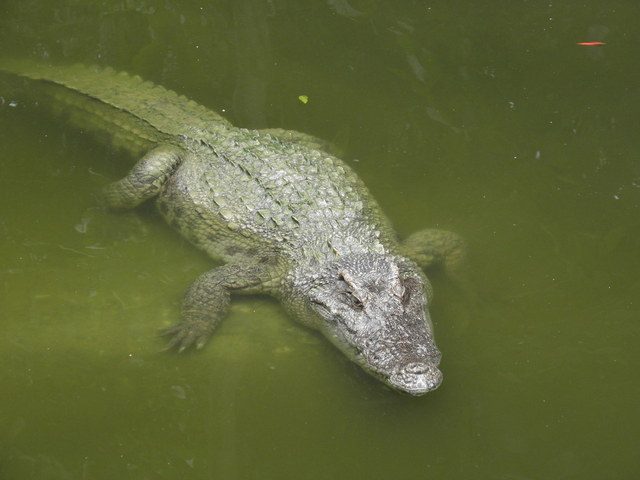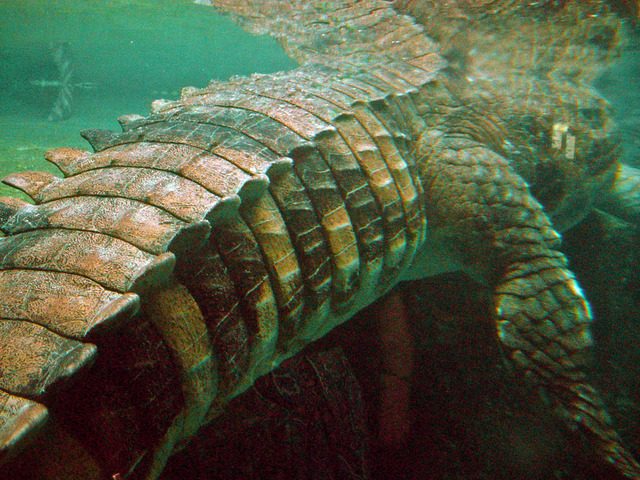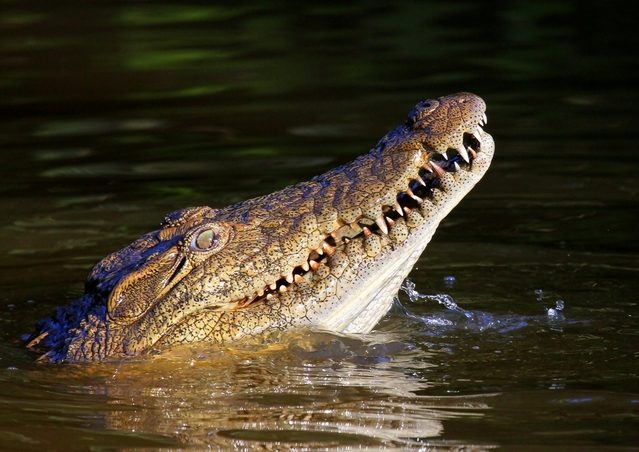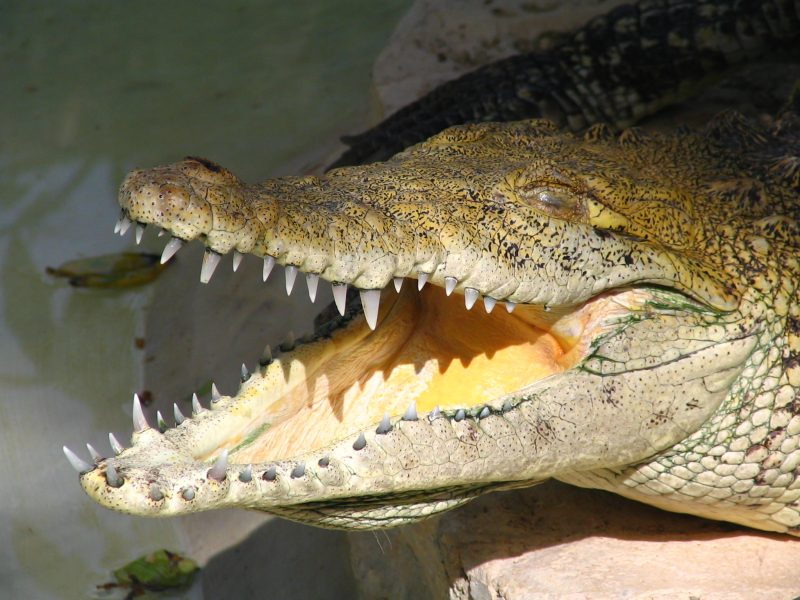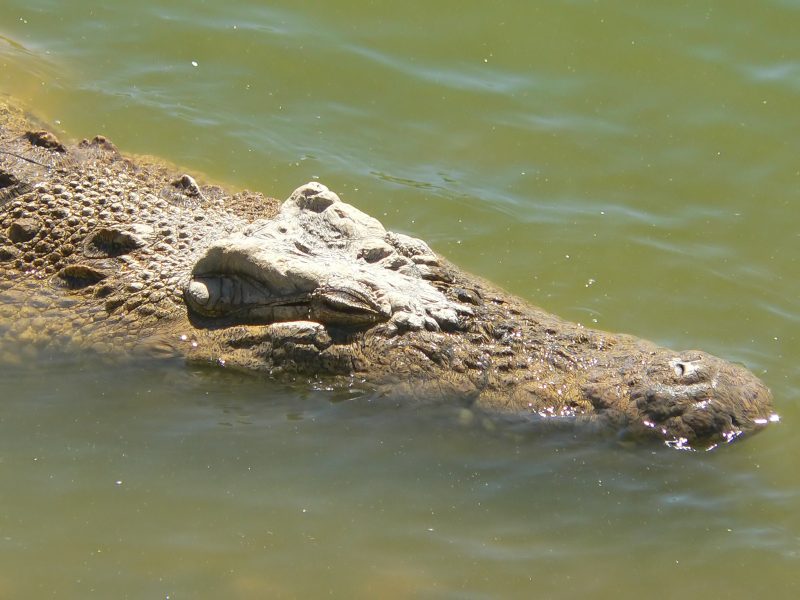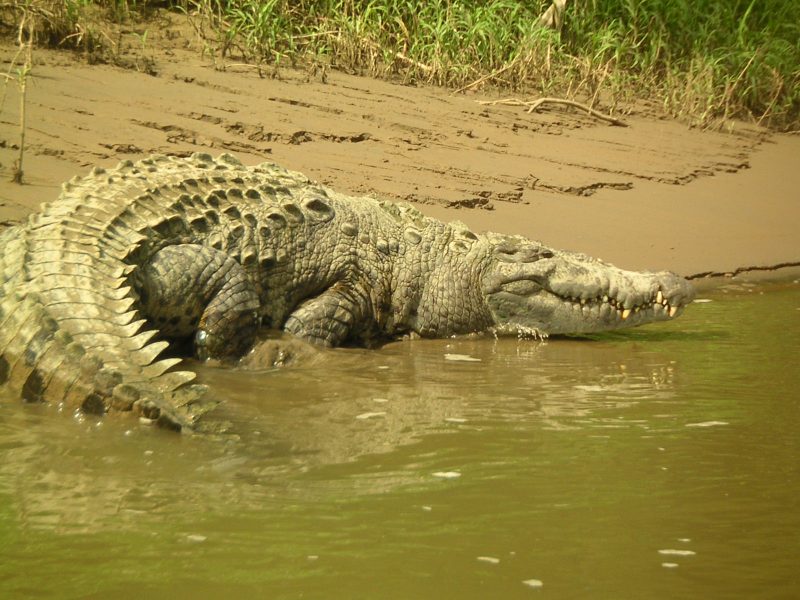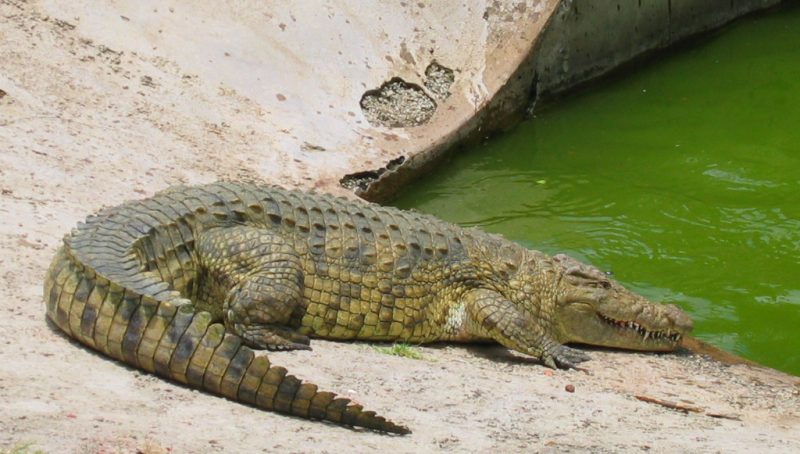Swimming Style Of Crocodiles In Kenya
Nile crocodiles are very stiff and not very comfortable on land, and these reptiles stick out like sore thumbs when left alone. Mostly, they move only when needed such as when feeling threatened by intimidating objects. But in the water, the crocodiles are way too easygoing, often hiding and running about continually. They are extremely alert and have the capacity to swim at high speed and incredible agility in the water. Interestingly enough, Nile crocodiles swim almost effortlessly and it comes as second nature. Hence, people often wonder how crocodiles who do not have fins or gills like other aquatic animals, spend almost their entire lives in the water. They move around deep under the water yet do not seem to have the usual features associated with swimming.
Discovery of mechanism
After many years of close observations and studies using the right equipment that can penetrate the vision under water, biologists and scientists reveal the fascinating ways in which crocodiles transport themselves from one place to another. As is always the case with any living organism, the evolution of almost 50 million years did play the most crucial role in helping their dominant body organs adapt to swimming mechanisms.
Motion under water
The most important and the usual method of locomotion of a Nile crocodile is swimming. It is mostly true that while swimming the crocodile use only its tail. But the front and back legs of the crocodile play a major part too, especially while swimming at low speeds. The position of the crocodile in the aquatic medium would depend on the quantity of respiratory air in the lungs and its weight.
Air in lungs
To drift at the water surface and prevent sinking, the crocodile has to counterbalance its weight. It does this by storing in its lungs a certain capacity of air. The appropriate measure of breath in the lungs stop the reptile from sinking and avert it from rolling uncontrollably in the water. Therefore, it is the air in the lungs of the crocodile that is primarily responsible for keeping it afloat. In this position, its head is at the edge of the water, and the body is downwards a few inches below. The crocodile possesses a long snout with crescent-shaped nostrils at the end of it. It can only breathe when they expose these nostrils in the air. And the shape of its snouts is such that it can be almost entirely underwater and still breathe. When the crocodile dives, it exhales sufficient air from the respiratory tracts and descends under the water. The velocity of the drop would depend on the volume of the exhaled air. Also, crocodiles sometimes swallow large boulders, and they lie in the stomach undigested. These stones in the stomach help to act as ballast by adding weight.
Organs facilitate swimming
When the crocodile floats at the surface of the water, it uses its tail to maintain position in flowing water. The tail, which is laterally flattened while swimming, provides all of the thrust. The flattened tail gives it a relatively large area to push against the force as it moves. Also, like the fish fins, the limbs of the crocodile, the back and the front legs, are splayed out to each side as stabilizers. Webbing between the back feet toes provides surface area and is used as a support by pushing against the running water, and even to move slowly.
Directing speed momentum
While swimming at sluggish speeds, it is just the tail that propels, and the trunk hardly moves. As the large reptile gains momentum with the swimming speed, the limbs become ineffective and are gathered back against its body. Then, using its tail the crocodile quickens the swimming as and when required. For navigating the direction, it usually points its face in the course that it is going. It splays its limbs out to aid in direction deviations, but they mainly use the tail and body to thrust against the force of the water, just like a sea snake or a fish would steer.
The crocodiles can swim at a speed of 10 to 15 kph at the most. This swimming speed might not sound fast. But the good thing is that it needs far less energy expenditure and hence can sustain the swimming for an extended period of time. Few large animals, particularly those more accustomed to the land movement, can escape from these large reptiles swimming at full speed.
5 Frequently Asked Questions About The Swimming Style Of Crocodiles
To receive a colourful digibook about crocodile with videos, images and text, please fill out the following form or simply email us on safaris@safari-center.com

